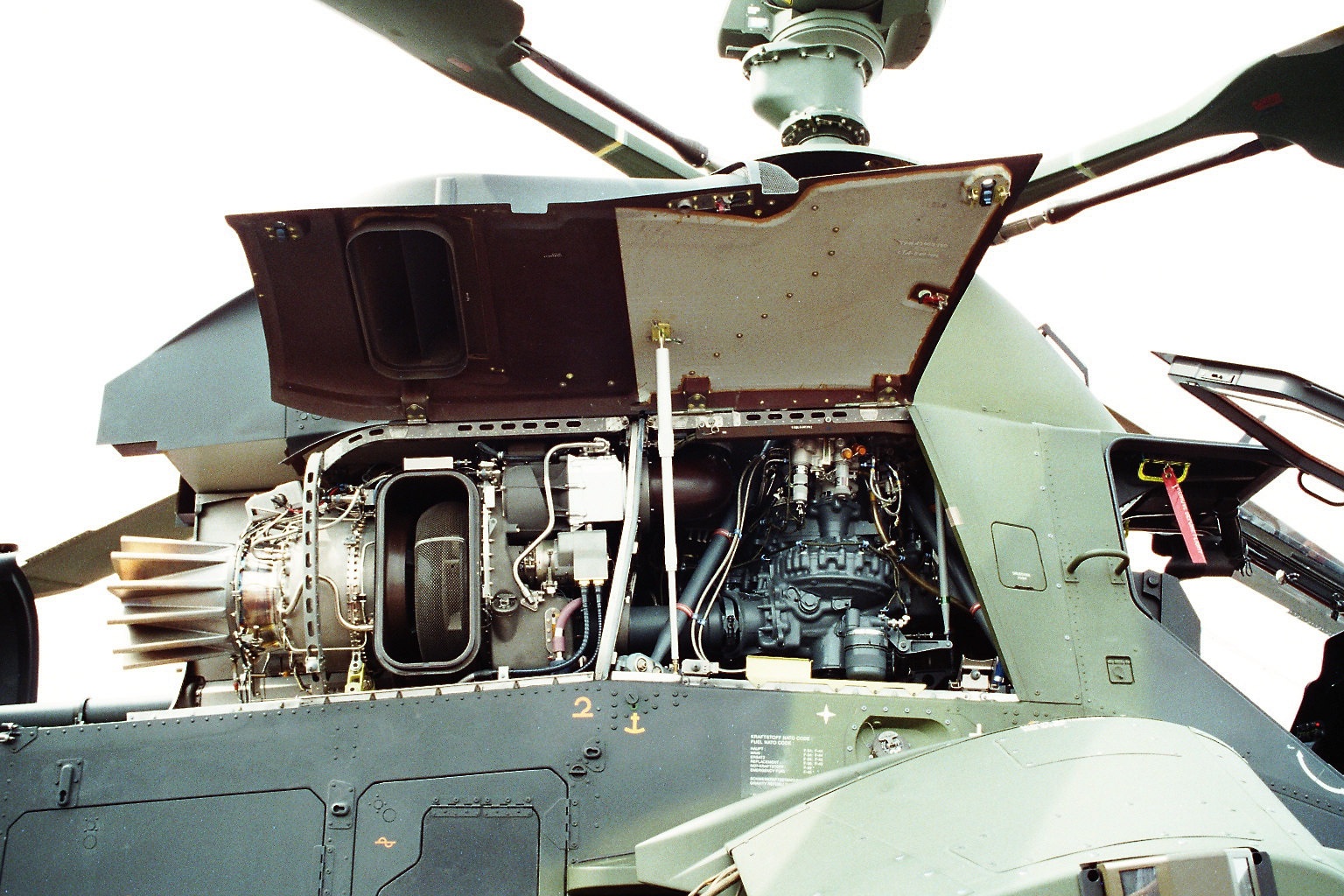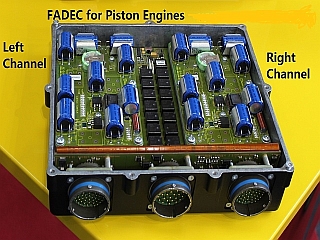|
Turbomeca Ardiden
The Safran Ardiden is a turboshaft designed and produced by Safran Helicopter Engines for single and twin-engine helicopters. Launched in 2003 as a more powerful TM 333, it first ran in 2005 and was introduced in 2007. The Ardiden 1 ''Shakti'' powers the Indian HAL Dhruv, Light Combat Helicopter and Light Utility Helicopter while the more powerful Ardiden 3 powers the Avicopter AC352 and Kamov Ka-62. Development In 1961, Turbomeca granted Hindustan Aeronautics (HAL) a manufacturing license for the Artouste turboshaft engine to equip the Indian Alouette III Chetak and Alouette II Cheetah helicopters. By September 2000, HAL had contracted with Turbomeca to develop a more powerful version of the ALH's TM 3332B2, from . By January 2002, Turbomeca had begun developing the Ardiden TM3332C2 for helicopters, launched at the Paris Air Show for the LAH as the ''Shakti'', co-developed and assembled by HAL, as the US lifted India's 1998 nuclear tests sanctions. The TM3332 ... [...More Info...] [...Related Items...] OR: [Wikipedia] [Google] [Baidu] |
WikiProject Aircraft
A WikiProject, or Wikiproject, is a Wikimedia movement affinity group for contributors with shared goals. WikiProjects are prevalent within the largest wiki, Wikipedia, and exist to varying degrees within sister projects such as Wiktionary, Wikiquote, Wikidata, and Wikisource. They also exist in different languages, and translation of articles is a form of their collaboration. During the COVID-19 pandemic, CBS News noted the role of Wikipedia's WikiProject Medicine in maintaining the accuracy of articles related to the disease. Another WikiProject that has drawn attention is WikiProject Women Scientists, which was profiled by '' Smithsonian'' for its efforts to improve coverage of women scientists which the profile noted had "helped increase the number of female scientists on Wikipedia from around 1,600 to over 5,000". On Wikipedia Some Wikipedia WikiProjects are substantial enough to engage in cooperative activities with outside organizations relevant to the field at issue. For e ... [...More Info...] [...Related Items...] OR: [Wikipedia] [Google] [Baidu] |
HAL Advanced Light Helicopter
The HAL Dhruv is a utility helicopter designed and developed by Hindustan Aeronautics Limited (HAL) in November 1984. The helicopter first flew in 1992; however, its development was prolonged due to multiple factors including the Indian Army's requirement for design changes, budget restrictions, and sanctions placed on India following the 1998 Pokhran-II nuclear tests. The name comes from a Sanskrit origin word '' dhruv'' which means unshakeable or firm. Dhruv entered service in 2002. It is designed to meet the requirement of both military and civil operators, with military variants of the helicopter being developed for the Indian Armed Forces, while a variant for civilian/commercial use has also been developed. Military versions in production include transport, utility, reconnaissance and medical evacuation variants. As of January 2022, 335 HAL Dhruv have been produced for domestic and export markets logging more than 340,000 flying hours. Development Origins The ''Advanc ... [...More Info...] [...Related Items...] OR: [Wikipedia] [Google] [Baidu] |
Single-crystal
In materials science, a single crystal (or single-crystal solid or monocrystalline solid) is a material in which the crystal lattice of the entire sample is continuous and unbroken to the edges of the sample, with no grain boundaries.RIWD. "Reade Advanced Materials – Single Crystals". ''www.reade.com''. Retrieved 2021-02-28. The absence of the defects associated with grain boundaries can give monocrystals unique properties, particularly mechanical, optical and electrical, which can also be anisotropic, depending on the type of crystallographic structure. These properties, in addition to making some gems precious, are industrially used in technological applications, especially in optics and electronics. Because entropic effects favor the presence of some imperfections in the microstructure of solids, such as impurities, inhomogeneous strain and crystallographic defects such as dislocations, perfect single crystals of meaningful size are exceedingly rare in nature. The necessa ... [...More Info...] [...Related Items...] OR: [Wikipedia] [Google] [Baidu] |
Tarbes
Tarbes (; Gascon: ''Tarba'') is a commune in the Hautes-Pyrénées department in the Occitanie region of southwestern France. It is the capital of Bigorre and of the Hautes-Pyrénées. It has been a commune since 1790. It was known as ''Turba'' or ''Tarba'' in Roman times. Tarbes is part of the historical region of Gascony. Formerly of strong industrial tradition, Tarbes today tries to diversify its activities, particularly in aeronautics and high tech around the different zones of activities which are increasing. The recent development of and other regional specialties also shows a willingness to develop the agri-food industry thus justifying its nickname of "market town". Its 42,888 inhabitants are called ''Tarbaises'' and the ''Tarbais''. It is the seat of the diocese of Tarbes-et-Lourdes. The 1st Parachute Hussar Regiment and 35th Parachute Artillery Regiment are stationed in Tarbes. Geography Location Tarbes is a Pre-Pyrenees town within the rich agricultural plai ... [...More Info...] [...Related Items...] OR: [Wikipedia] [Google] [Baidu] |
MTR390
The MTU Turbomeca Rolls-Royce MTR390 is a turboshaft developed for light helicopter applications by MTU Turbomeca Rolls-Royce (MTR). The engine is designed to power helicopters in the weight range of 5-7 tonnes in both single and twin engine configurations. So far the only application is the Eurocopter Tiger. Test runs of the MTR390 began in 1989 and the first test flight was performed in 1991. The MTR390 received military certification in May 1996 and civil approval in June 1997. An uprated version, the MTR390-E (Enhanced), is being developed with Spain's ITP. Variants ;MTR390-2C :Production engine ;MTR390-E :Enhanced variant under development Applications * Eurocopter Tiger The Eurocopter Tiger is a four-blade, twin-engine attack helicopter which first entered service in 2003. It is manufactured by Airbus Helicopters (formerly Eurocopter), which arose from the merger of Aérospatiale's and DASA's respective helic ... Specifications (MTR390) See also References Ex ... [...More Info...] [...Related Items...] OR: [Wikipedia] [Google] [Baidu] |
LHTEC CTS800
The LHTEC T800 is a turboshaft engine for rotary wing applications. It is produced by the LHTEC (Light Helicopter Turbine Engine Company), a joint venture between Rolls-Royce and Honeywell. The commercial and export version is the CTS800. The engine was primarily developed for the United States Army's cancelled RAH-66 Comanche armed reconnaissance helicopter, but has found use in other applications. Design and development The engine was originally developed for the United States Army's LHX armed reconnaissance helicopter competition, competing against the Avco/Pratt & Whitney T800. The LHTEC T800 was selected to power the LHX in 1988.Leyes, p. 213-216 The Boeing-Sikorsky team was selected to build the RAH-66 Comanche in 1991. A pair of T800-powered RAH-66 prototypes were constructed and underwent flight testing between 1996 and 2004. The LHX program was canceled in 2004, primarily due to cost overruns during its lengthy development, and the US Army's changing requirements. ... [...More Info...] [...Related Items...] OR: [Wikipedia] [Google] [Baidu] |
Turbomeca Makila
The Turbomeca Makila is a family of French turboshaft engines for helicopter use, first run in 1976 and flown in 1977.''Flight International'' - Turbomeca Makila www.flightglobal.com Retrieved: 3 January 2012 Typical power output is around 1,300 kW (1,700 hp).SAFRAN - Turbomeca Makila www.turbomeca.com Retrieved: 3 January 2012 , some 2,200 had been built. Applications * Puma HC Mk 2 * |
Turbomeca Arriel
The Turbomeca Arriel is a series of French turboshaft engines that first ran in 1974.Gunston 1989, p.170. Delivering , over 12,000 Arriel engines have been produced from 1978 to 2018, logging more than 50 million flight hours for 40 helicopter applications. In June 2018, 1,000 Arriel 2D were in service, powering H125 and H130 single-engine helicopters, having logged one million flight hours since 2011. After endurance tests and fleet data analysis, their TBO increased by 25% to 5,000 hours and mandatory inspection rose to 15 years with no hourly limit, lowering maintenance costs. The Liming WZ-8 (turboshaft) and Liming WJ-9 (turboprop) are the designations for Turbomeca Arriel production in China. In 2021 Safran opened a production facility in Grand Prairie, Texas for production of Arriel 2E engines, which had previously only been produced in France. Applications * AgustaWestland AW109 * Eurocopter AS365 Dauphin * Eurocopter AS565 Panther * Eurocopter EC130 * Eurocopter EC145 ... [...More Info...] [...Related Items...] OR: [Wikipedia] [Google] [Baidu] |
Eurocopter EC155
The Eurocopter EC155 (now Airbus Helicopters H155) is a long-range medium-lift passenger transport helicopter developed by Eurocopter from its Dauphin family for civil aviation use. It is a twin-engined aircraft and can carry up to 13 passengers along with 1 or 2 crew, depending on customer configuration. The helicopter is marketed for passenger transport, offshore support, VIP corporate transport and casualty transport duties. In 2015, the EC155 was formally renamed to the H155, in line with Eurocopter's corporate rebranding as Airbus Helicopters. Development Originally designated AS365 N4, the EC155 was developed from the Eurocopter AS365 N3 Dauphin 2 with the aim of significantly increasing the cabin space of the Dauphin. Development began in September 1996 with the helicopter officially announced by Eurocopter at the Paris Air Show in June 1997. The first EC155 helicopter, a modified Dauphin airframe, made its maiden flight at Marignane on 17 June 1997 and the first pre ... [...More Info...] [...Related Items...] OR: [Wikipedia] [Google] [Baidu] |
FADEC
A full authority digital engine (or electronics) control (FADEC) is a system consisting of a digital computer, called an "electronic engine controller" (EEC) or "engine control unit" (ECU), and its related accessories that control all aspects of aircraft engine performance. FADECs have been produced for both piston engines and jet engines. History The goal of any engine control system is to allow the engine to perform at maximum efficiency for a given condition. Originally, engine control systems consisted of simple mechanical linkages connected physically to the engine. By moving these levers the pilot or the flight engineer could control fuel flow, power output, and many other engine parameters. The mechanical/hydraulic engine control unit for Germany's BMW 801 piston aviation radial engine of World War II was just one notable example of this in its later stages of development. This mechanical engine control was progressively replaced first by analog electronic engine control ... [...More Info...] [...Related Items...] OR: [Wikipedia] [Google] [Baidu] |
Turbine
A turbine ( or ) (from the Greek , ''tyrbē'', or Latin ''turbo'', meaning vortex) is a rotary mechanical device that extracts energy from a fluid flow and converts it into useful work. The work produced by a turbine can be used for generating electrical power when combined with a generator.Munson, Bruce Roy, T. H. Okiishi, and Wade W. Huebsch. "Turbomachines." Fundamentals of Fluid Mechanics. 6th ed. Hoboken, NJ: J. Wiley & Sons, 2009. Print. A turbine is a turbomachine with at least one moving part called a rotor assembly, which is a shaft or drum with blades attached. Moving fluid acts on the blades so that they move and impart rotational energy to the rotor. Early turbine examples are windmills and waterwheels. Gas, steam, and water turbines have a casing around the blades that contains and controls the working fluid. Credit for invention of the steam turbine is given both to Anglo-Irish engineer Sir Charles Parsons (1854–1931) for invention of the reaction turbine, and to ... [...More Info...] [...Related Items...] OR: [Wikipedia] [Google] [Baidu] |

.jpg)





